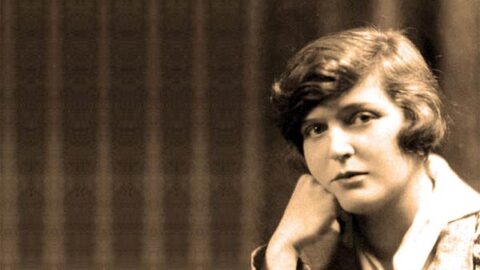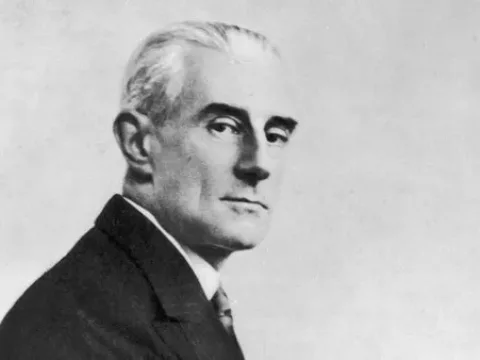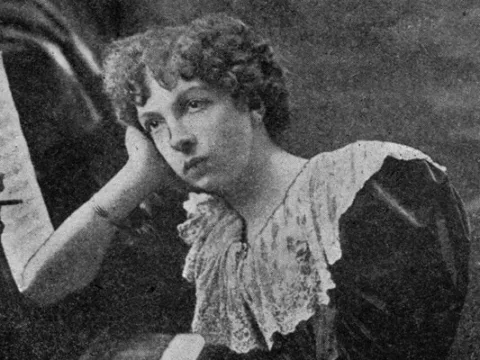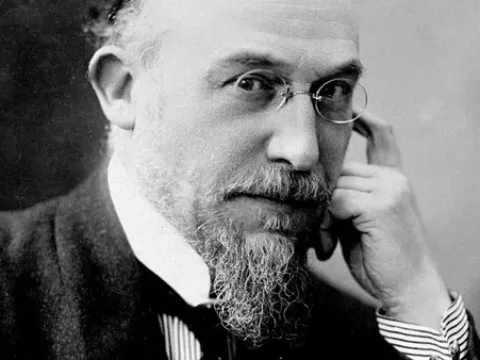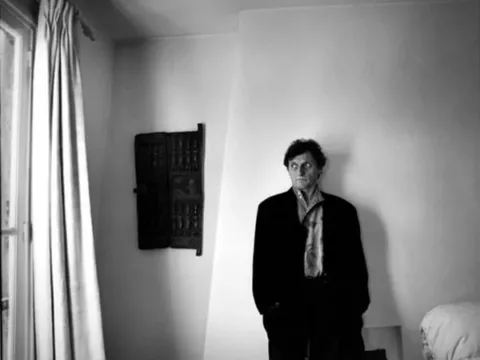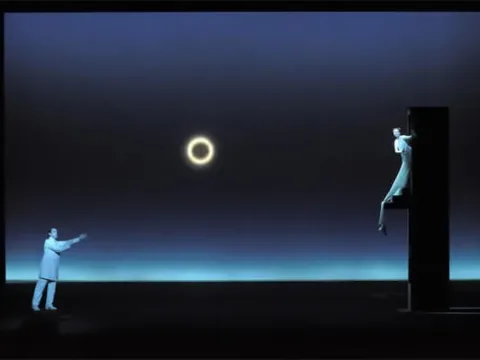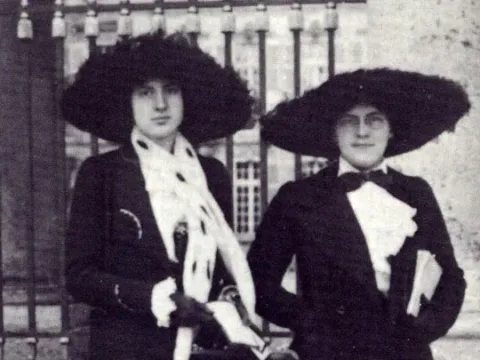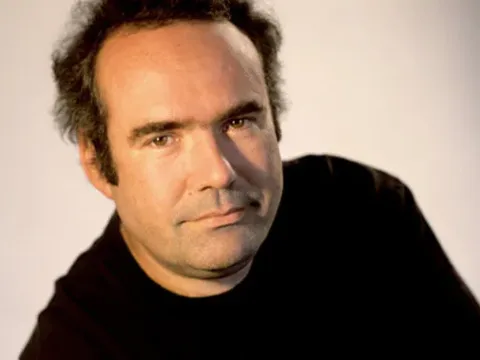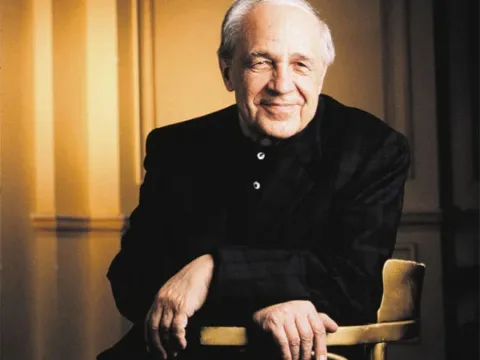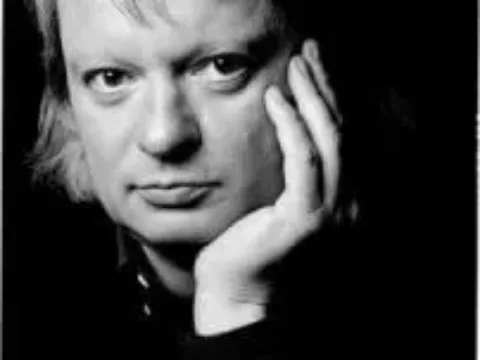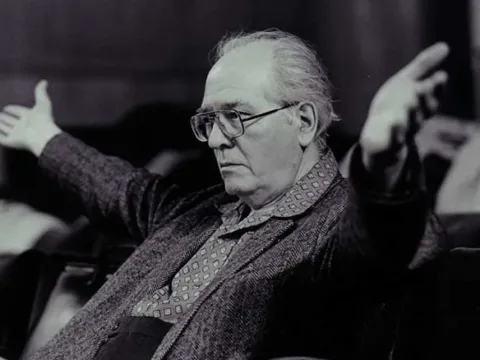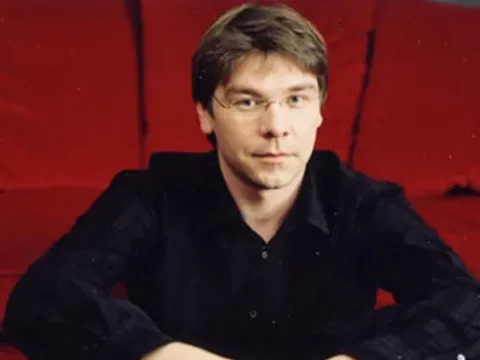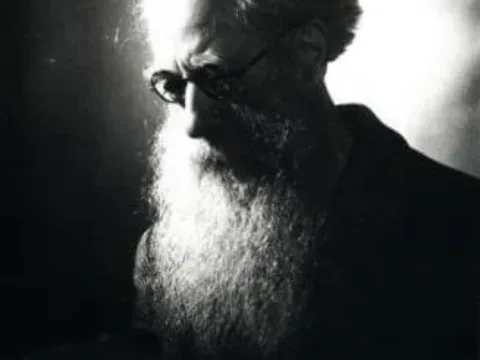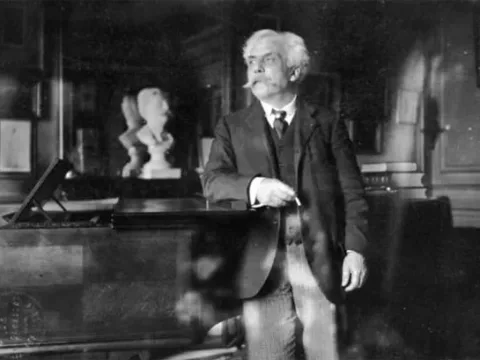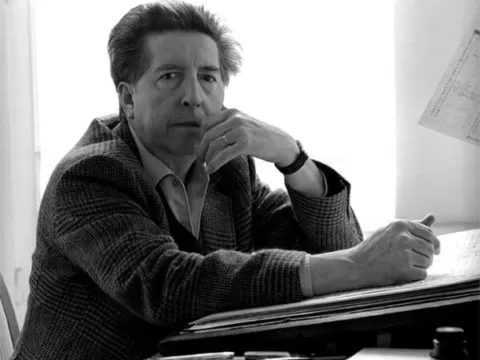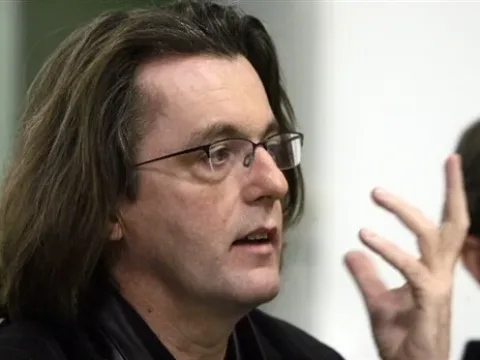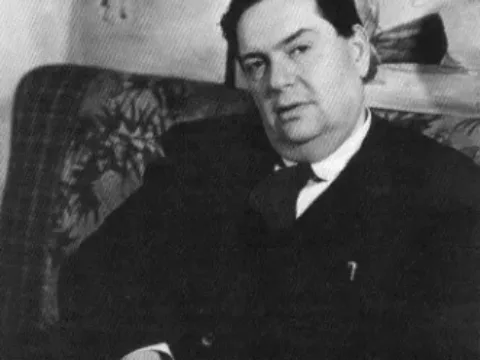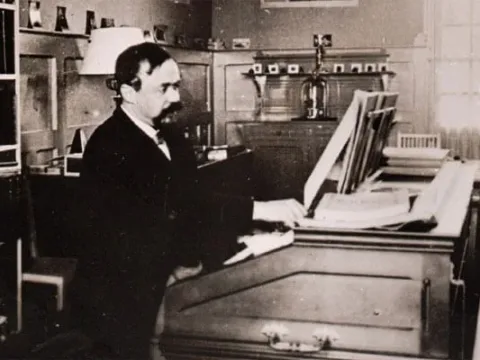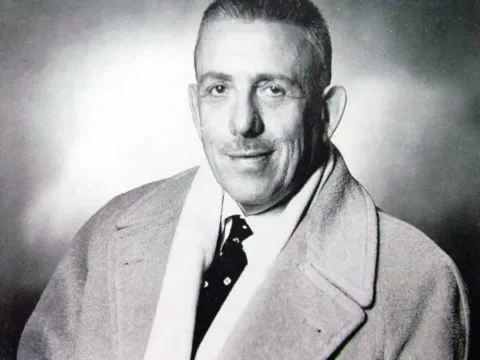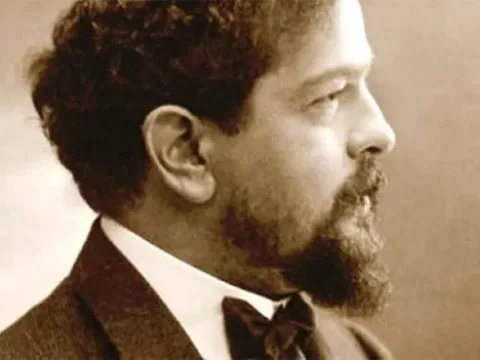French composer Germaine Tailleferre (1893-1983) is best-known today as the only female member of the French composer’s group Les Six, but, along with her colleagues Auric, Durey, Honegger, Milhaud, and Poulenc, she was a composer of considerable imagination whose works still resonate. After studying composition at the Paris Conservatoire, Tailleferre became part of the avant-garde art and music scene, spending time with Picasso, Satie, and Cocteau, as well as Ravel. She he is the next installment in our French Composers’ Names series.
Interested in music for a wide range of venues and audiences, Tailleferre composed works during the 1920s for the Ballet Suédois (Le marchand d’oiseaux, 1923) and the Ballets Russe (La nouvelle Cythère, commissioned by Sergei Diaghilev for the 1929 season), and for the cinema. Her Concerto No. 1 for Piano (1923) uses the Baroque figuration and textures common to Neo-Classicism, and the harmonic language is tonal and traditional. (Movements I & II: http://www.youtube.com/watch?v=wGhSDz-Cmws; Movement III: http://www.youtube.com/watch?v=HZ2OVCLoEDE) One of Tailleferre’s best-known pieces, her 1927 Concertino for Harp and Orchestra, which grew out of her friendship with Conservatoire harp instructor Caroline Tardieu and was premiered by the Boston Symphony. Displaying a conscious attention to the grand ligne, or overall musical shape of the work, it too reveals an aesthetic that combines the textures and stylized gestures of the Neo-Classic with forays into Impressionistic pointillism and the use of pentatonicism and octatonicism. (Hear the Concertino here on YouTube: http://www.youtube.com/watch?v=8RumDQN_POY).
The 1930s were among Tailleferre’s most productive periods. Before the Second World War forced her to flee to America in the early 1940s, she completed a comic opera, her Concerto for Two Pianos (1934), her 1937 Violin Concerto, several songs including settings of texts by Jacques Prévert, Henri Jeanson, and Byron, and scores for seven films, including Les souliers (1935), Provincia (1937), Terre d’effort de de liberté (1937), and Le petit chose (1938).
During the war, Tailleferre moved to Philadelphia, Pennsylvania. She married artist Ralph Barton, who disapproved of her work; she composed little during this period. After divorcing Barton and returning to France in 1946, however, she resumed her career to great success, writing a number of chamber works, including her second Sonata for Violin and Piano (1946, http://www.youtube.com/watch?v=bYDN05JpCjk), which seems to express her joy at returning to her home country and freedom to compose again. She also began composing extensively for film, radio, and television, work that would serve as her livelihood for much of her career.
While continuing to write for radio and screen in the 1950s, Tailleferre also turned to chamber opera and art song as part of her output, including a 1959 adaptation of Ionescu’s Le maître for chamber opera. In “La Rue Chagrin,” Tailleferre channels both popular French song and art song, crafting a work that is equally at home in the café or on stage. Only the occasional dissonances and voicing of the work hint at its creator’s conservatory training.
In the following decades, Tailleferre’s compositions included works for small ensembles, voice and piano, solo instrument and piano, and solo piano. Tailleferre composed steadily until her death in 1983, leaving a body of more than 175 individual works. She retained her Neo-Classic sensibilities throughout her career, and despite periods of personal unhappiness her music is suffused with a warmth and wit that makes it highly appealing.
Although the majority of Tailleferre’s music was neither published nor recorded during her lifetime, it is more widely available today. Conductor Nicole A. Paiement has been championing Tailleferre’s work for several years and has overseen recordings of the composer’s early String Quartet (1917-1919), performed by the Porter Quartet, piano concerto (1923), and other works. A recording by Ruth Ehrlich and Marcia Eckart contains the complete works for violin and piano, and the Clinton-Narboni piano duo has recorded all of the music for two pianos and piano found-hands. A number of recordings of works by women feature short works by Tailleferre, and a recording called French Ballet Music on Chandos contains two collaborative ballets by Tailleferre and others, including members of Les Six and Ravel.
Link to MP3 – ICIYL Germaine Tailleferre | Get Germaine Tailleferre scores!
